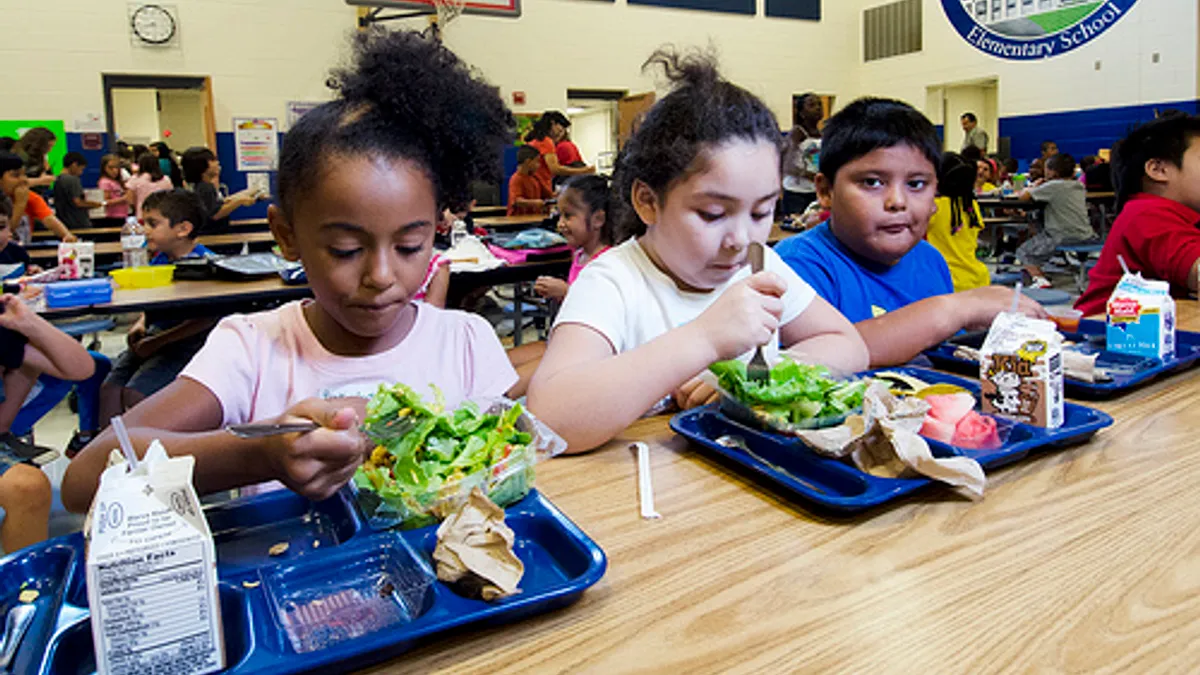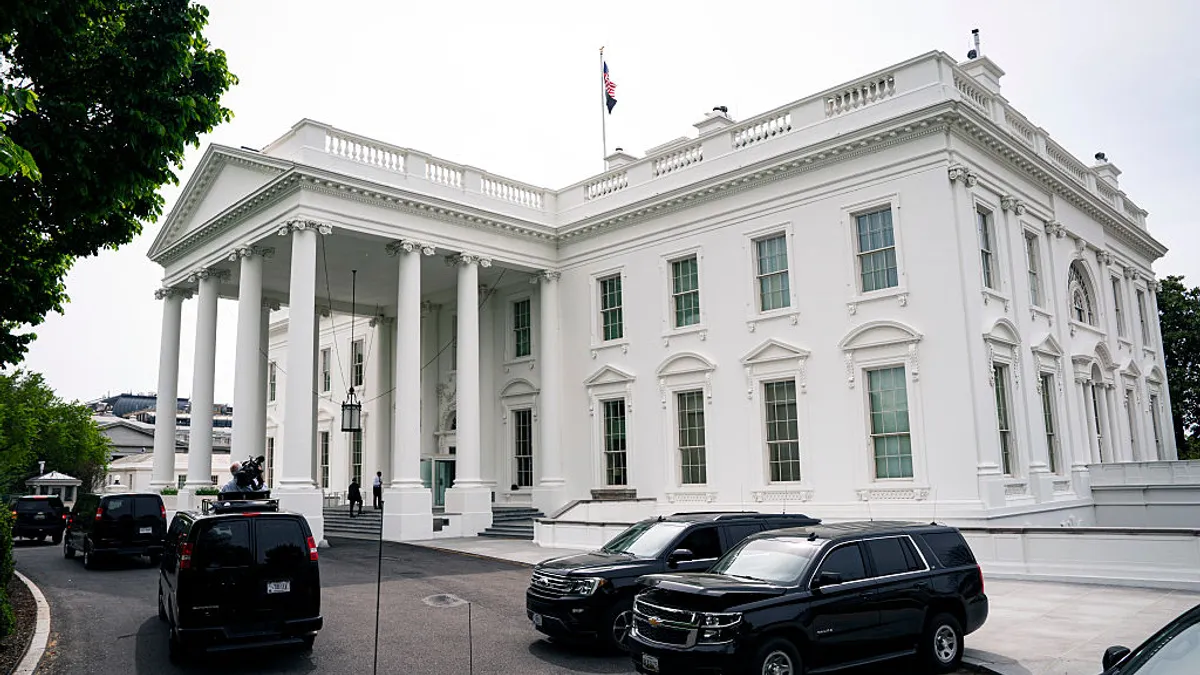Laura Benavidez is executive director of food and nutritional services for Boston Public Schools. Jennifer LeBarre is executive director of student nutrition services for San Francisco Unified School District,
Being a frontline school nutrition worker, you see the importance of supporting the “whole child” first hand, each and every day. School meals are an opportunity to close prominent, long-standing gaps that have kept specific student populations from an equitable education experience, yet our current national approach to school meals reinforces these divides instead of working to close them.
Having worked in two of the nation’s largest school districts, we see this divide play out among our combined 111,000 students every day. We’ve also seen the impact a universal school meal program can have when it comes to not only holistically nurturing and supporting our children, but our entire communities.
This summer, Boston Public Schools and San Francisco Unified School District will be using the federal U.S. Department of Agriculture (USDA) waivers to extend our universal school meals programs beyond our traditional school year. As our educators work to tackle learning loss, we too will be doing our part to make sure every child in our districts can access healthy meals.
Thankfully, California will be able to continue a universal school meals approach beyond this summer. With Gov. Gavin Newsom’s passage of the new state budget, all California K-12 students are eligible for free school meals. This is a huge win for California, but the benefits of permanent universal school meals shouldn’t be limited to just California students. Students enrolled in Boston Public Schools also qualify for meals at no cost through the Community Eligibility Program, however, this process must be completed every four years.
We see the benefits of healthy, regular meals firsthand, from increased academic performance to better classroom behavior and fewer absences. School meals are the foundation for building our children’s lifelong success. And as we’re working to tackle learning loss inflicted by the COVID-19 pandemic, nourishing our children is an essential piece of the puzzle, but it’s a puzzle with many pieces we’re still figuring out how to put together.
Many schools, ours included, are working through the logistics of extensive summer learning for the first time. This includes academic and afterschool programming, tutoring and school meals. We’re leaning on the roadmap we developed over the past year, like meal pickup operations, door-to-door meal delivery services, and in-classroom meals, alongside proven partners like Revolution Foods and community-based organizations who have helped us pivot as circumstances rapidly changed.
But even with these best practices putting us in a position far better than we found ourselves last year, we are still working through new challenges — namely staffing and interpreting ever-changing policies.
If we were to implement a national, long-term universal meals approach — like that proposed in the Universal School Meals Program Act of 2021 — in our districts and schools, we could easily solve these issues and more.
A universal meals approach has been a critical process and policy change throughout the COVID-19 pandemic, when our students’ family income statuses rapidly changed with increasing job losses in a hard-hit economy. With a universal meal program, we haven’t had to worry about ever-changing qualifications and guidelines. We have instead been able to focus our time and resources on developing new methods of serving children outside of school cafeterias. And with more than one in five households with children ages 12 and under experiencing food insecurity, getting food to families and children is a primary focus in our districts.
Like many districts, we’re unclear whether or how many of our overworked frontline workers will continue working at our schools this summer or take some much needed and deserved time off — whether for personal rest and recovery or additional income opportunities they often rely on during the summer. These staffing uncertainties, along with multiple policy changes, have made it difficult to plan a summer meal program.
Thankfully, the universal meals approach these USDA waivers have prioritized can answer our summer woes. But universal meals must be more than a relief effort. This approach must go beyond our lower-income schools, as proposed by the Biden administration’s American Families Plan. If we truly hope to create an equitable education system for all children, universal school meals must be at the center — this summer and beyond.
The Universal Meals Program Act of 2021 (S. 1530 / H.R. 3115), introduced by Sens. Bernie Sanders (I-VT) and Kirsten Gillibrand (D-NY) and Reps. Ilhan Omar (D-MN) and Gwen Moore (D-WI), would “ensure that every child has access to free nutritious meals at school, after school, during the summer, and at child care through the child nutrition programs.”
It’s this type of holistic, long-term approach to nourishing every student with dignity that will help us solve more than the immediate “learning loss.” Increasing reimbursement rates, providing free afterschool and summer meals and snacks, providing free meals and snacks to children in child care, and promoting locally sourced food will increase our children’s health and educational outcomes and, ultimately, make our communities thrive.
A recent study by UC Berkeley showed a positive correlation between providing healthy school meals and academic achievement. Furthermore, another recent report reveals U.S. children get their healthiest meals at school, but in order to offer this for all students, districts need funding.
Eliminating the barriers to nourishing all children and implementing a universal meals program can help us not only realize summer learning, but help us change the way we distribute meals to our students and support their overall health and well-being. A system-wide school meal revolution spurs our local economies by supporting staff, our families, and bolstering schools and districts to be the community hubs we strive to be.
Is there a louder rallying cry than our nation’s tireless districts, schools, communities, dedicated staff and partners joining forces to piecemeal a plan together in the face of a deadly pandemic and the nation shutting down, to prove we are capable and committed with the necessary funding, to nourish every child?




















